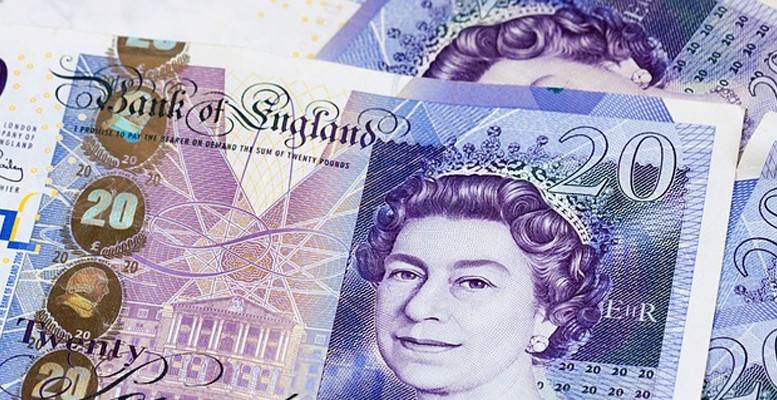Sterling has fallen to the lowest level against the US dollar since 1985 amid a global dollar liquidity shortage that has seen the greenback run rampant against all major currencies. The UK’s response to the incoming coronavirus shock has been about as aggressive as possible in terms of monetary and fiscal policy, but this has done nothing to help sterling. Idiosyncratic factors such as the UK’s monetary and fiscal response or Brexit are beside the point: this is about the US dollar, which is proving unstoppable as global financial markets stare into the abyss of crisis-like conditions.
The US Federal Reserve has taken astonishingly rapid and broad action to attempt to sate global demand for dollars, which is tightening financial conditions and threatens their own transmission mechanisms. In addition to a raft of domestic liquidity measures, the Fed has opened international swap lines with other central banks, including the BoE, ECB, and BOJ, which have all moved to then provide this liquidity to their own financial systems. These measures have begun to take effect, with cross currency basis swap pricing (a means of securing USD funding) starting to fall today for GBP and EUR after blowing out earlier in the week. However, spot FX has not responded – suggesting that either the liquidity measures have yet to filter through, or are proving insufficient to satisfy the demand for dollars. Raw risk aversion among market participants is the other driver of the extreme dollar strength we’re currently seeing, despite the aggressive measures being taken to shore up investor confidence.
Global policymakers are making increasingly desperate bids to mitigate the economic impact of the coronavirus, with the Trump administration proposing direct cash transfers to households – something that would have been unthinkable for a democratic, let along Republican administration mere years ago. The BoE, Fed, and other global central banks have all but reached the limits of their policy playbooks, and yet the US dollar remains rampant, equities continue to plummet and financial conditions tighten. In addition to credit spreads blowing out, the spread between interbank lending and less risky index swaps has increased to levels not seen since 2009. These are indicators of serious stress in the global financial system, along with the dollar strength and global equity carnage.
European policy is looking woefully inadequate in this context. The communications disasters of the past week at the ECB have likely contributed to today’s widening in spreads between Italian and German Government debt. Given the extreme importance of rapid action in response to a looming recession and financial crisis, european policymakers risk arriving at the scene with too little stimulus, and too late for it to make a meaningful difference.





